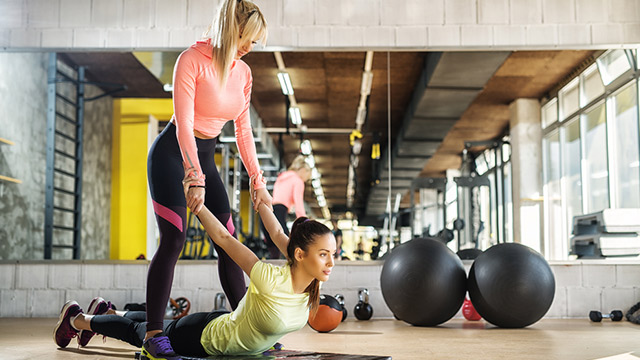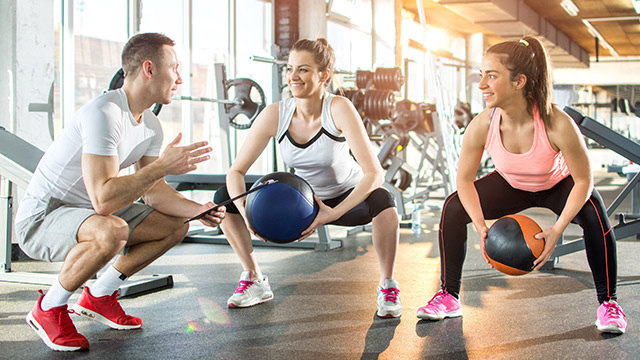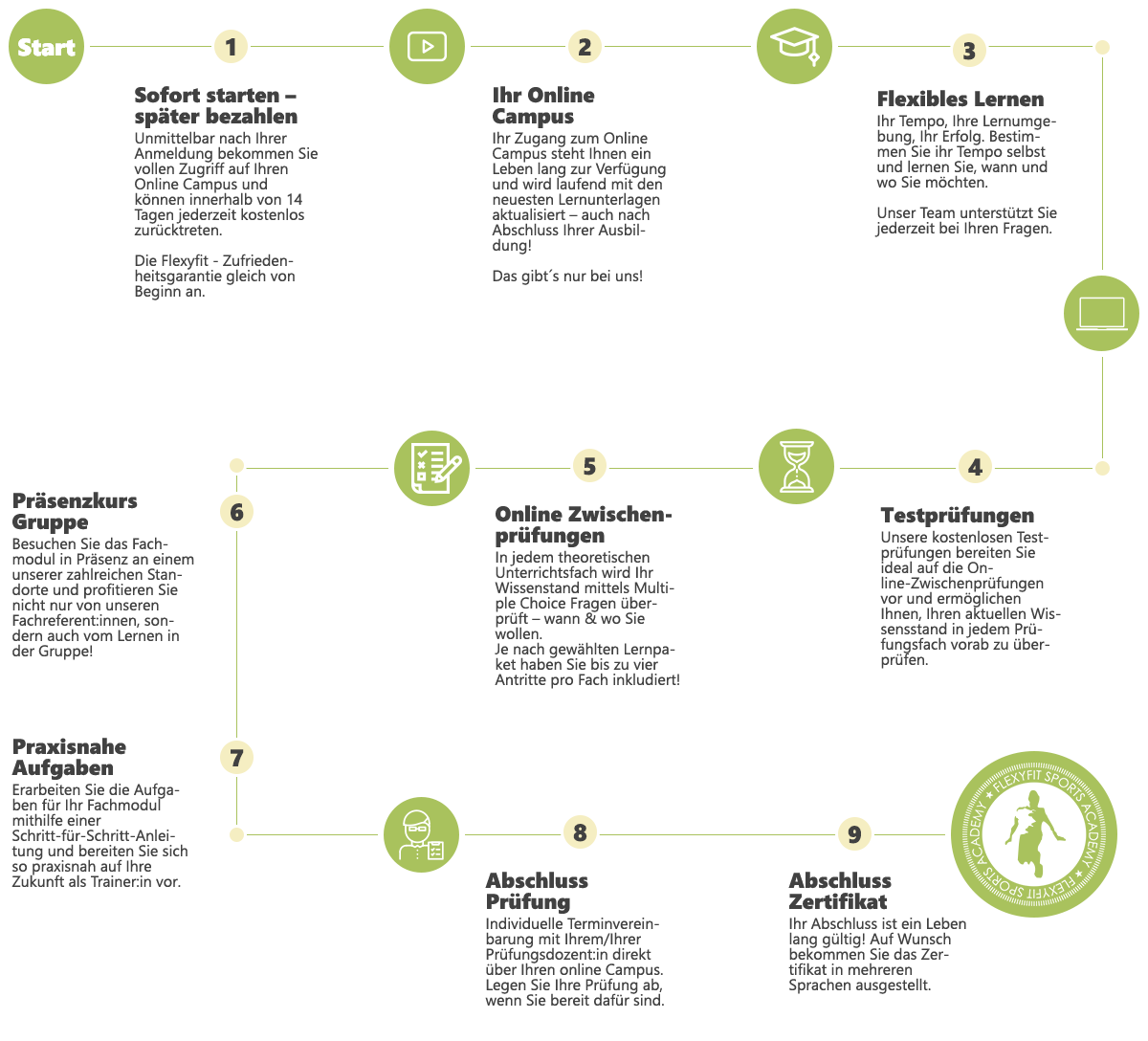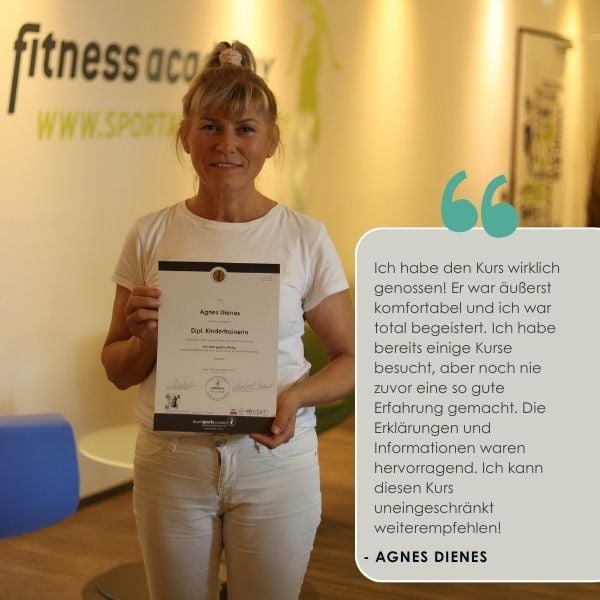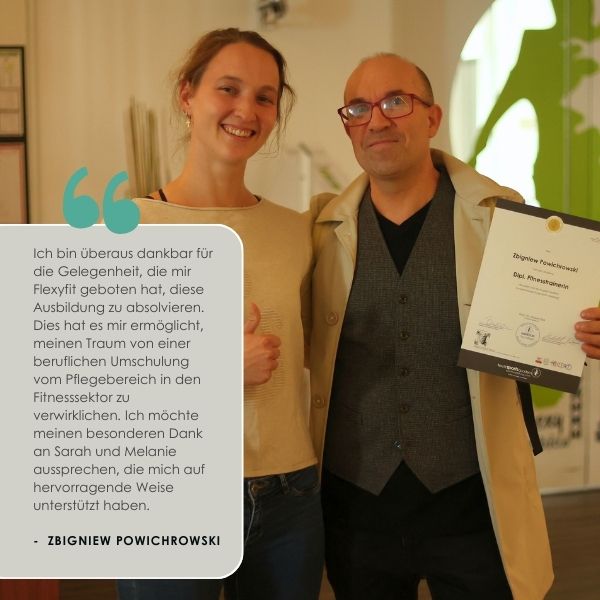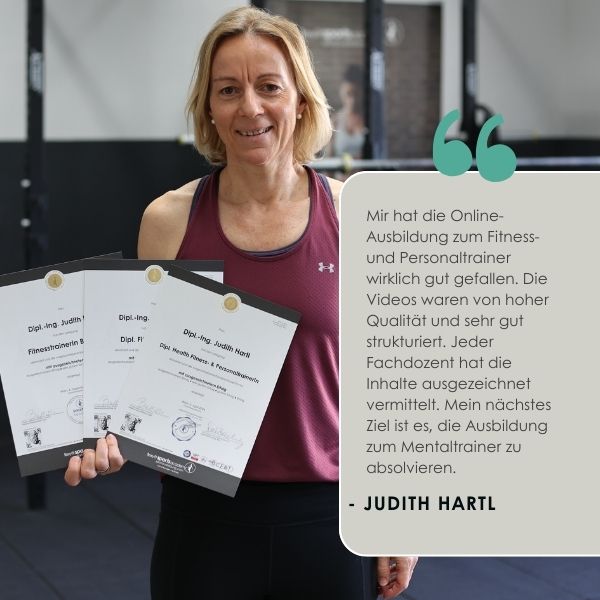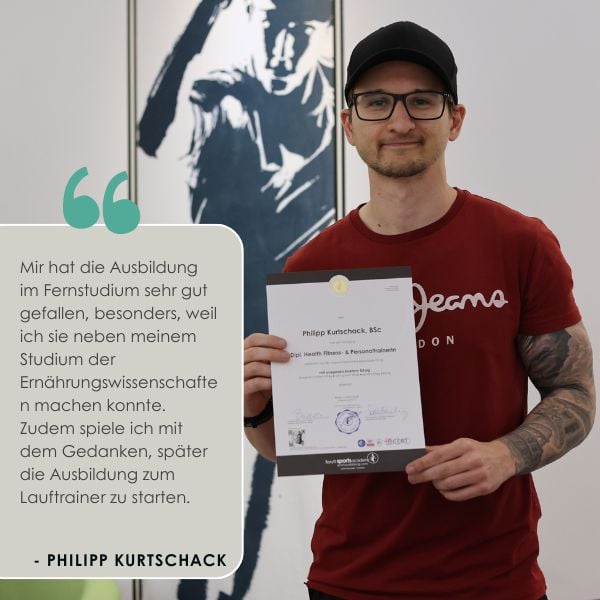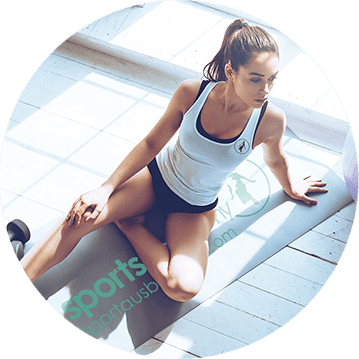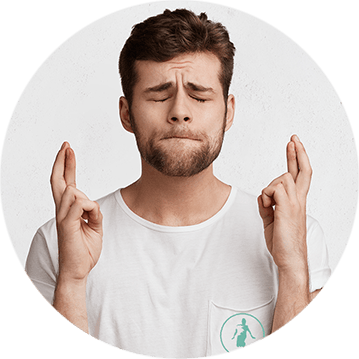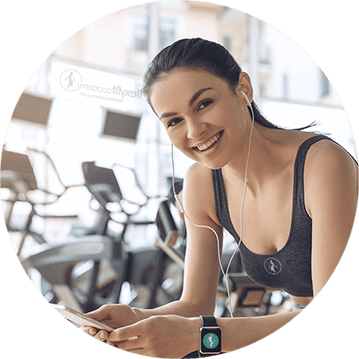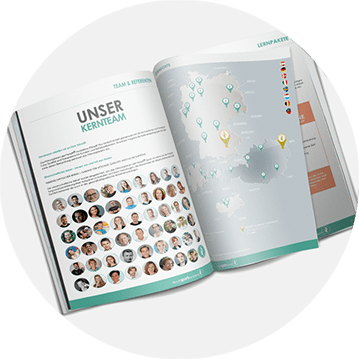Breath is Life. This simple phrase encapsulates the significance of our breath most aptly.
We can go weeks without eating, a few days without drinking, but only
minutes without breathing survive. This fact highlights the importance of our breath, yet we often take it for granted, paying little to no attention to it. Perhaps its because we think its something our
body does automatically, or maybe because we believe we cant control how well we breathe. But thats not entirely true. We can consciously control our
breath and positively influence our bodys health through
breathing exercises. Our breath is the connection between our
body and soul.
We breathe approximately 16 times per minute and around 23,000 times a day. On average, we consume about 10,000 liters of air. The air we inhale contains
oxygen, which is vital for our survival. During exhalation,
carbon dioxide and other waste gases are produced, which we release through our lungs.
Breath training is an effective method to
relax the body and
calm the mind. Proper breathing is crucial for our body as it transports oxygen to our cells and removes metabolic waste. However, most people dont breathe correctly, instead opting for shallow chest breathing. This leads to
muscle tension and inadequate oxygen supply, resulting in
fatigue, headaches, nervousness, and sleep disturbances.
Through
targeted exercises and breathing techniques, one can learn the proper breathing technique and improve health. The correct breathing technique can supply our body with more oxygen, lower blood pressure, regulate heart rate, and relax muscles.
In this subject of the
Relaxation Trainer training program, the most important theoretical fundamentals about breathing are taught, along with
numerous practical breathing exercises introduced and practiced.





